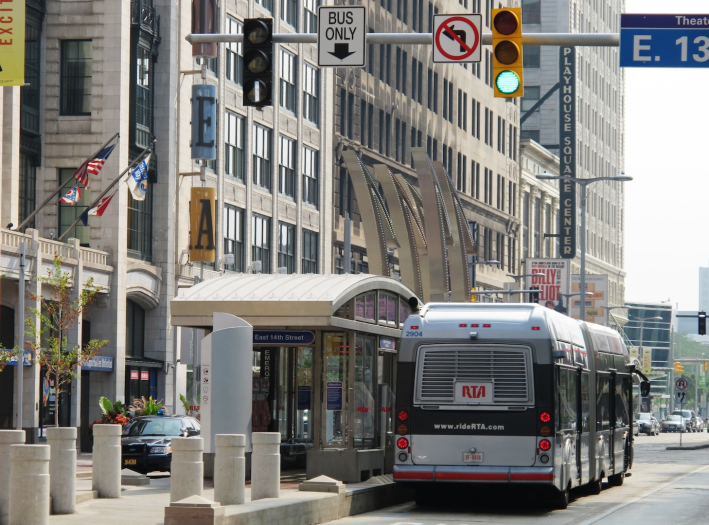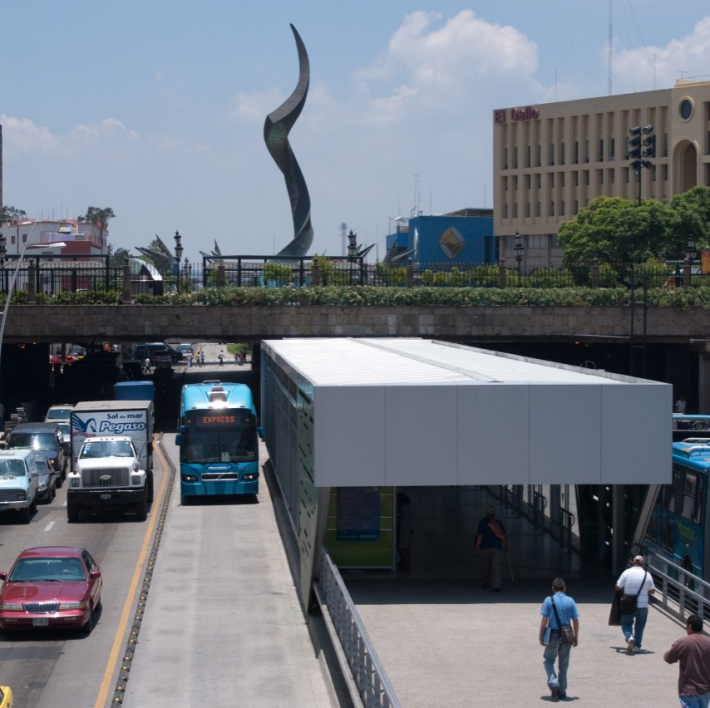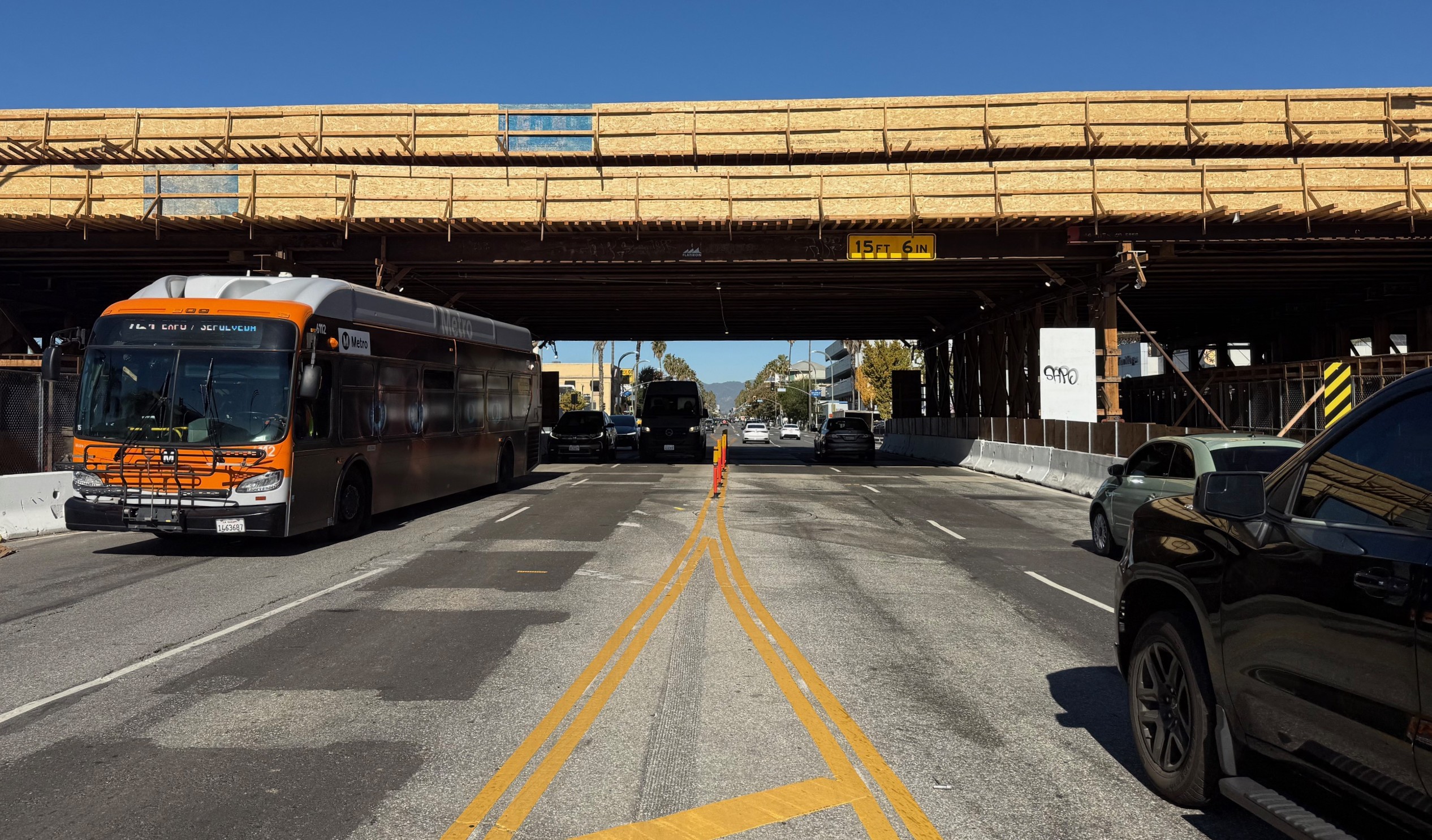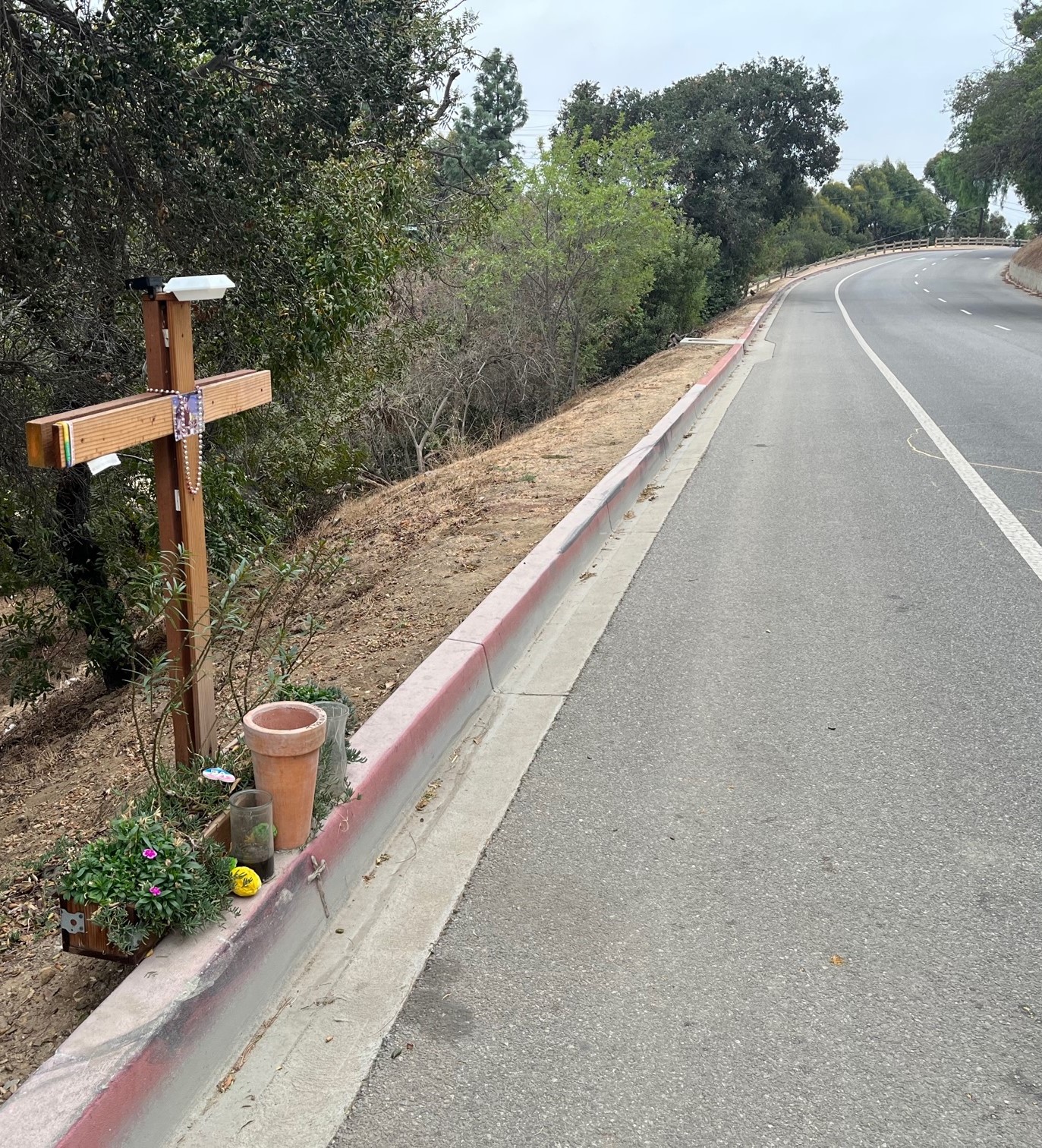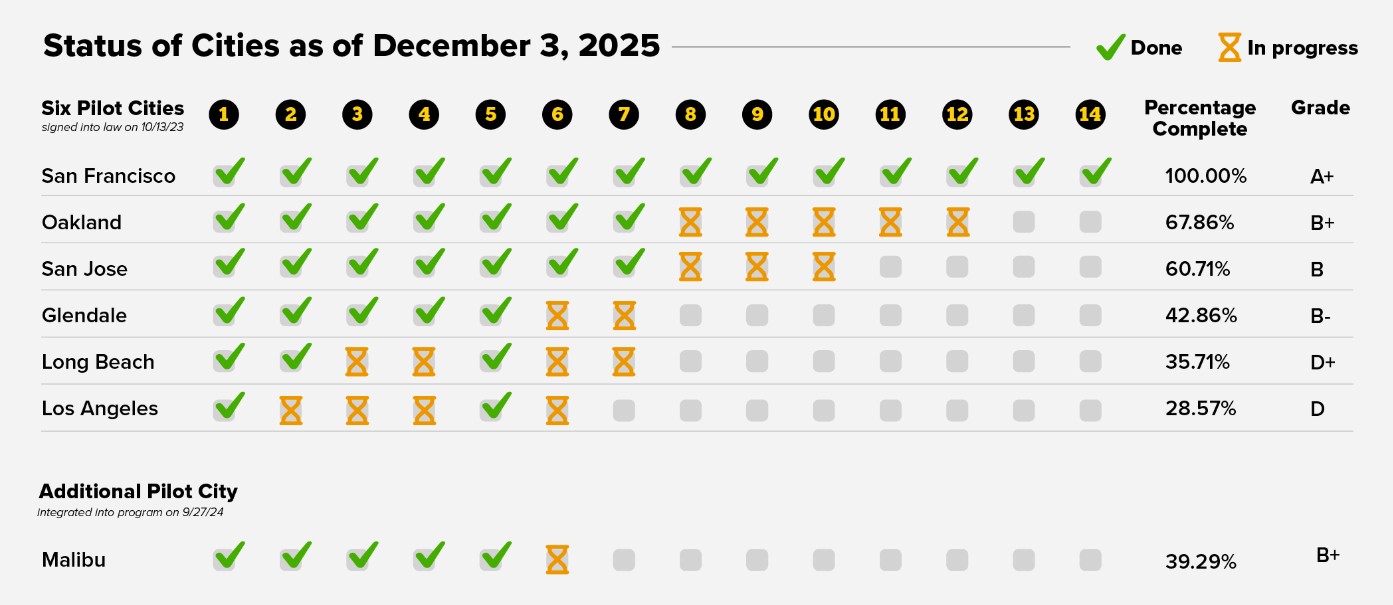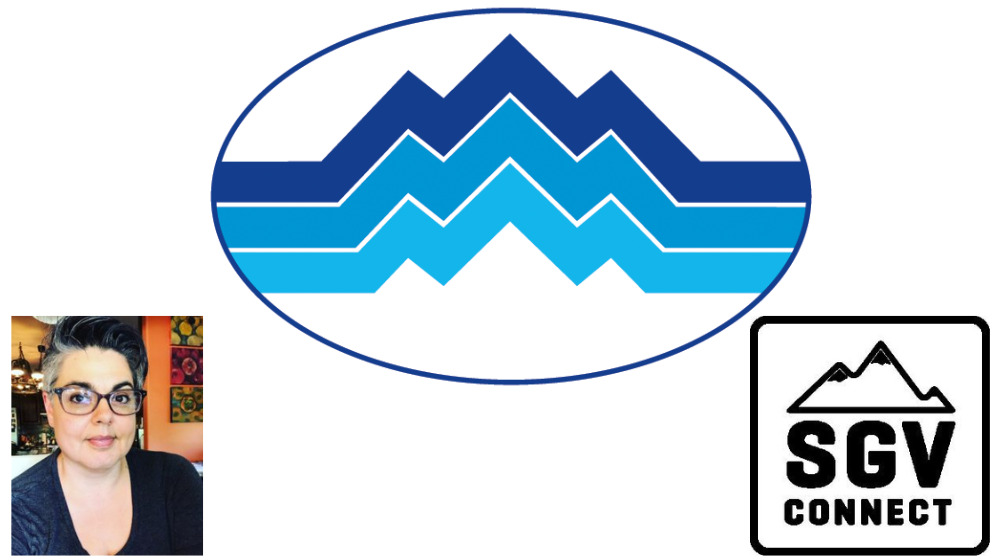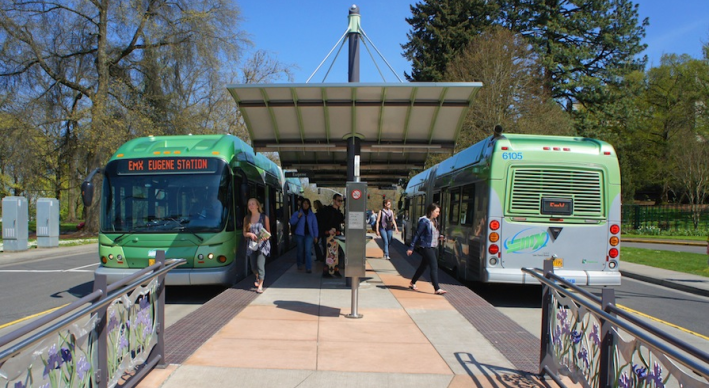
At this month's board meeting, Metro staff reported that they are hiring consultants to shepherd two Bus Rapid Transit (BRT) projects. Today, SBLA previews one of those: Vermont Avenue BRT.
For the uninitiated, what is BRT? Bus Rapid Transit is high-quality bus service running in its own dedicated right-of-way. It comes in a lot of flavors, but generally operates like a rail line. There are two BRT examples locally. The best one is the Metro Orange Line, which runs on bus-only roads in the San Fernando Valley. Arguably the Metro Silver Line is also BRT as it runs mostly in highway toll lanes. Read this Daniel Jacobson editorial about the potential for BRT to play key roles in L.A. County's transportation networks.
Briefly, the other BRT project will extend from the San Fernando Valley to the San Gabriel Valley. Connections would include Burbank Airport, and the Metro Gold, Orange, and Red Lines. SBLA will cover this project more as it progresses.
The two BRT projects were given momentum by a July Metro Board motion [PDF] directing Metro staff to advance these projects, including developing a budget and timelines. The Metro Board re-affirmed the July direction in this October board motion [PDF]. This month, Metro staff stated [audio - item 70 at 3:04] that they are preparing scopes of work and that consultant contracts are expected to be awarded in early 2015. Metro Board chair L.A. Mayor Eric Garcetti had pressed for Metro to pursue federal Small Starts funding for these BRTs, but Metro staff sounded pessimistic about that program, due to maximum funding of $250 million for each project.
The Vermont Avenue BRT project route has not been finalized, but it is likely to be similar to the current Metro bus lines on Vermont Avenue. Vermont Avenue is one of the nation's highest ridership bus corridors, and ridership is second only to Wilshire. The Vermont bus lines extend about 12 miles from the Metro Green Line (at the 105 Freeway) to Sunset Boulevard, including connections with Red, Purple, and Expo Lines. Depending on funding and other constraints, BRT could run on some of all of this corridor, converting to express/Rapid service in unimproved areas.
Other alternatives might be under consideration, but the Vermont line is anticipated to be "center-running" (also known as "median-aligned") BRT. Center-running BRT has been shown to be faster and safer, compared to running along curbs. For a great explanation, watch this fun Lego-animation video.
Here's a quick tour of some center-running BRT systems up and running elsewhere:
San Bernardino, CA

Dana Gabbard previewed Omnitrans sbX Green Line BRT which opened earlier this year. The rail-type bus service includes 5.4 miles of exclusive bus-only lanes in the center of E Street and Hospitality Lane. More details at Omnitrans and ITDP.
Cleveland, OH
Cleveland's 9.2 mile "HealthLine" center-running BRT serves the city's Euclid Avenue corridor. Details at RTA and ITDP.
Eugene, OR (photo at top of post)
Eugene's Emerald Express (EmX) chose BRT as it would "significantly enhance transit service and achieve many of the benefits of light rail without the high cost." EmX features 5.2 miles of exclusive center-running BRT. More details at LTD and ITDP.
Guadalajara, Mexico
Per ITDP:
In March 2009, Mexico’s second largest city, Guadalajara, unveiled a new bus rapid transit (BRT) system. The 27-station, 16-km [10-mile] system services 130,000 passengers per day and feeds into light rail and other bus services, with fully integrated fares. The project has reduced travel time by 30 percent and is expected to cut the city’s (CO2) emissions by 36,000 metric tons per year, equivalent to removing about 7,000 cars from the roads.
Last, but not least, watch these Streetfilms showcasing BRT systems in Guangzhou, China, and Buenos Aires, Argentina.
At the recent board meeting, Mayor Garcetti also directed Metro to host a single-day roundtable symposium of BRT experts, to take place in March 2015.
(Thanks to the Institute for Transportation & Development Policy (ITDP) and national Streetsblog staff for background for this article.)
